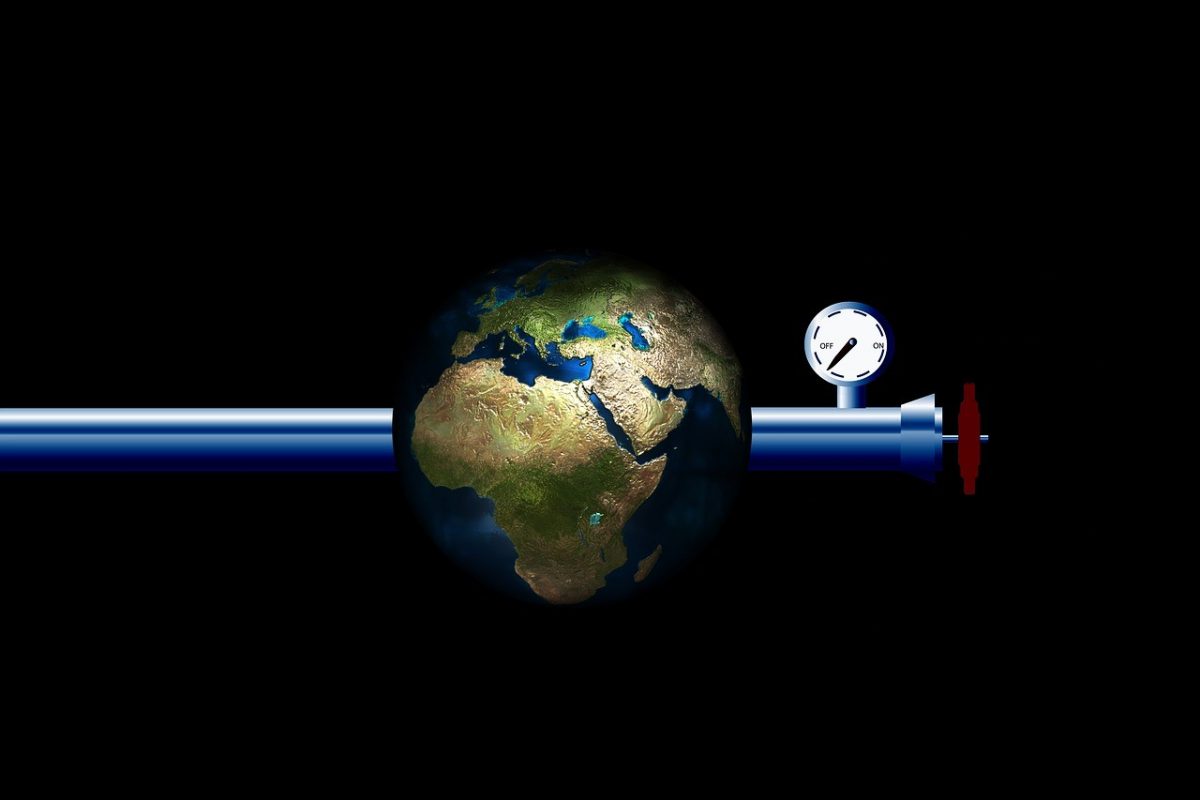Putin is on the hunt, but not in the way you might think. According to the Russian news service TASS, Uzbekistani Energy Minister Jurabek Mirzamakhmudov recently announced that Russia would begin supplying his country with natural gas via its Soviet-era pipelines. Prior to Russia’s invasion of Ukraine, it was supplying about 140 billion cubic meters (bcm) of natural gas to Europe annually. John Daly, of the Jamestown Foundation, says that Europe was Russia’s most lucrative export market and as a result of sanctions, “Central Asia has become a crucial area for Russia’s energy export needs, with Uzbekistan playing a key role.” The Central Asian state was experiencing a severe energy crisis and in January started importing Russian gas, according to an earlier AP report, “… [like] its Central Asian neighbors Kazakhstan, Kyrgyzstan, and Tajikistan, Uzbekistan suffers from frequent power and heating outages due to its aging Soviet-era infrastructure.”
Some energy analysts are speculating that Russia is attempting to draw in its southern neighbors to create a tripartite gas union. Temur Umaroc, of the Carnegie Endowment for International Peace, writes that it won’t be easy for Russia to do it, although it “wants to gain control over Central Asian exports to China” by encouraging Uzbekistan and Kazakhstan to join it.
In the post World War II period the Soviet Union exploited Central Asian hydrocarbon deposits in the region to fulfill its domestic demand. Today, in the post-Soviet period “hydrocarbon exports have become an increasingly integral component for the economies of the post-Soviet states in the Caucasus and Central Asia, particularly those surrounding the hydrocarbon-rich Caspian Sea,” says Umaroc. One issue is that Uzbekistan does not have excessive gas deposits and has challenges meeting its own internal needs, unlike Kazakhstan and Turkmenistan. Last winter Uzbekistan suffered from severe shortages due, in large part, to economic development that raised its energy demands.
Russia recognizes that over 80% of Uzbekistan’s energy derives from gas. The Central Asian country’s outputs are insufficient to cover its rapidly growing domestic consumption and export obligations. Domestic consumption is increasing 7-10% annually, along with the country’s expanding population. Moscow is using its 1960’s-built network of pipelines that had run north from Turkmenistan via Uzbekistan and Kazakhstan to the USSR by reversing the flow of gas. The Truboprovodnaiia sistema Sredniaia Aziia-Tsentr network (Central Asia-Center pipeline system; SATS) now controlled by Gazprom can handle 50 bcm of gas annually. It covers most of what was called Soviet Central Asia.
Russian natural gas exports to Uzbekistan in March alone, according to Umaroc, grew exponentially. It represents a 260 percent increase over the same period in 2022 and provided over $150 million in revenue for Moscow in the first quarter of 2023. This reorientation away from the sabotaged Nord Stream One and Two subsea pipelines, along with Western sanctions, has provided Gazprom with new and extensive business opportunities. The repurposed, 60-year-old, SATS-4 pipeline is still undergoing renovations to aid in handling the extreme climatic conditions in the Kyzylkum and Karakum deserts. Once completed, Neftegaz.ru reports Russia will re-equip and upgrade it to operate in reverse. In past years the pipeline has experienced major accidents, fires, and explosions, including a 2009 incident on the Turkmenistan portion of the SATS-4 pipeline that took almost a year to repair and damaged Russia’s relations with the country. Today, Russia, China and the United States are competing for influence in the Central Asian region. Reliable energy supplies are an important factor for improving economies in a land-locked region that is geographically isolated. It may cause these states to rely more heavily on Russia, while providing Putin with needed revenue. The remaining unknown is at what cost to the region. China also has plans in Central Asia that may bring the two nuclear powers to loggerheads.
Daria Novak served in the U.S. State Dept.
